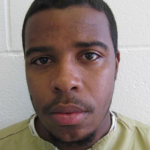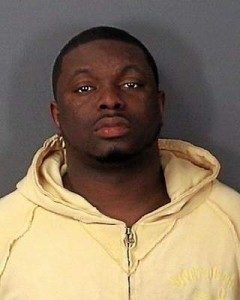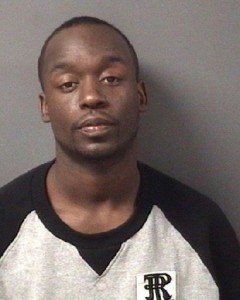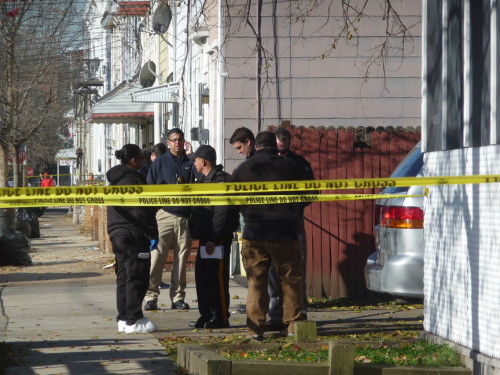Without a verdict and up against a deadline for a possible mistrial, the jury in the murder trial of a Trenton man accused of killing a high-ranking Bloods gang members asked Thursday to be released early, apparently deadlocked in their deliberations.

Quaadir Gurley
The panel has been deliberating for about 17 hours over four days on whether it believes Isiah Greene is responsible for the shooting death of Bloods gang member and drug crew leader Quaadir “Ace” Gurley in the early-morning hours of July 21, 2013.
The foreman for the 12-member panel passed a note to Judge Robert Billlmeier around 3:15 p.m. asking that they be allowed to go home an hour early and return to court to continue their deliberations Friday morning.
After consulting with opposing attorneys to see if they objected to the request, the judge dismissed the jurors around 3:30 p.m.
Earlier in the day, jurors passed a note to the judge asking to see gunshot wounds on Greene’s left leg and foot. The prosecutor, James Scott, objected to the request, saying Greene’s “leg was not in evidence.”
Billmeier allowed jurors to examine Greene’s foot, which was being scrutinized because prosecutors contend Greene shot himself in the foot when he shot Gurley in the courtyard of the Donnelly Homes housing complex.

Isiah Greene
Investigators later found Greene’s blood at the scene and tied him to the murder after he had reported being shot on Sanhican Drive minutes after Gurley was shot.
As part of a third-party guilt defense, Greene took the stand and offered a different explanation for the wound on his foot, saying he had been struck by a wayward bullet, possibly one that had ricocheted off buildings when another gunman opened fire on Gurley. He said he saw the gunman run past him but he didn’t get a good glimpse of his face.
Another witness, a 28-year-old woman who lived next to Gurley, testified she saw a dark-skinned black man dressed in all-white with a gun in his hands fleeing the housing complex shortly after gunfire erupted. Greene had also been dressed in white clothing the day of Gurley’s murder, but he said he was wearing a white T-shirt whereas the shooter was reportedly clad in a white tank top.
Greene has contended he had been the housing complex to convince a friend to take him and some friends to a nightclub in Philadelphia after they had been drinking at an all-white affair on Highland Avenue. He said they didn’t want to drive to Philly for fear of getting caught by the cops, but they still drove over to the housing complex.
If jurors do not arrive at a verdict in the case Friday, Billmeier has said he will declare a mistrial.
The judge made the decision after he learned from jurors that it would be a “hardship” on them to continue deliberating past this week and many would be unavailable to serve next week.
Prosecutors would have to decide whether to retry the murder case against Greene, who is also facing attempted murder and drug charges in two separate cases.
If past history has been an edict, the Mercer County Prosecutor’s Office would likely retry Greene much the same way it chose to retry Latin Kings gang leader Jose “Boom Bat” Negrete, who was finally convicted after a fourth trial.
Jurors did not say much to each other as they exited the courthouse. One was overheard discussing taking off time from work as they filed out and climbed into an elevator.



















